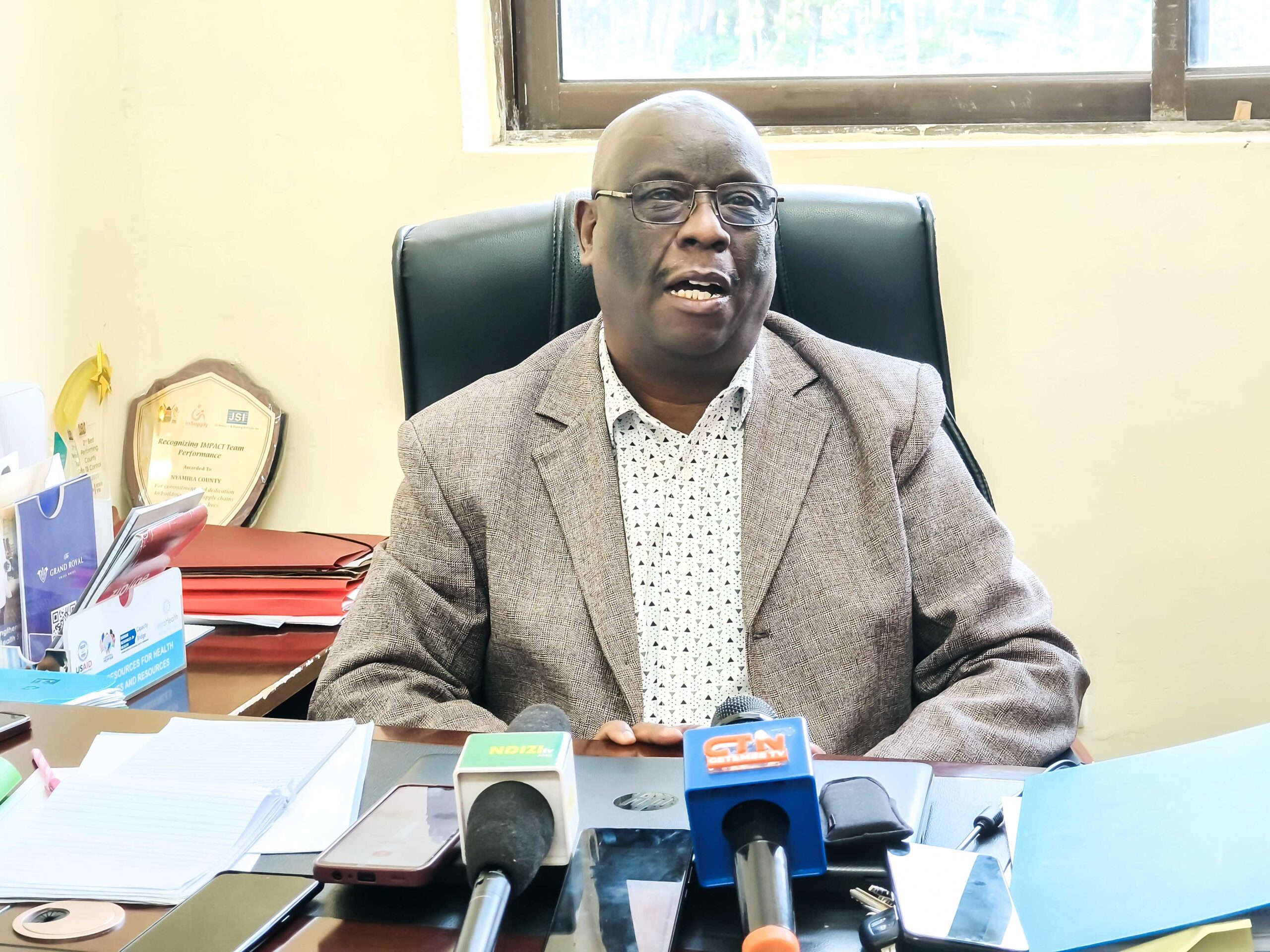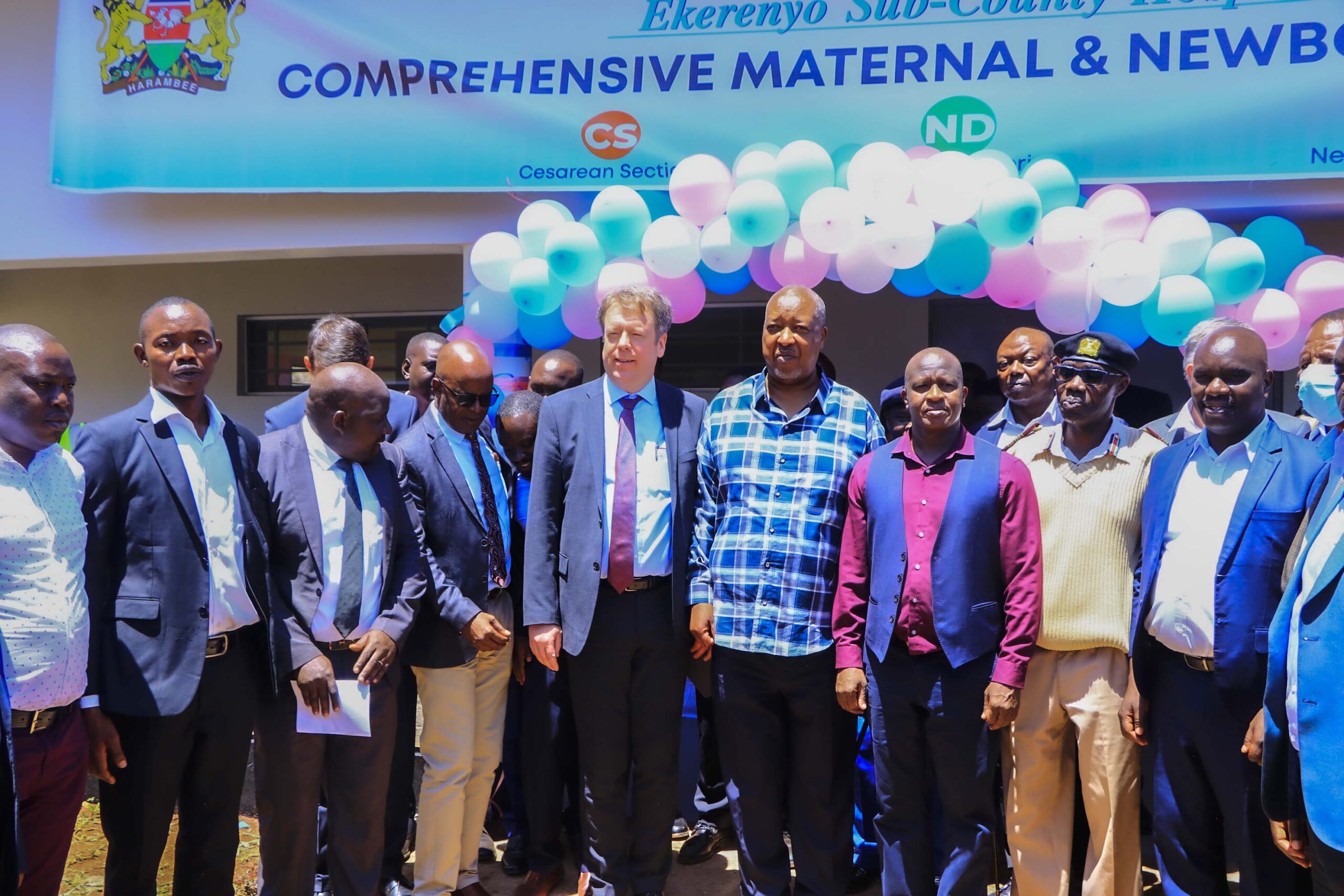
Arnnold Ageta
After experiencing success in patches of the country in reducing maternal mortality through providing antenatal care to groups of women as opposed to individuals, Kenya is hosting 130 health experts from all over the world in Nairobi this week to share lessons with other countries seeking to reduce maternal mortality.
Dr Patrick Amoth, Director General, Ministry of Health said: “Kenya is thrilled to host the Global Catalyzer on Group Antenatal Care meeting which begins today and will run for three days and where the country will share its journey on Group ANC.”
Group Antenatal Care (G-ANC) is a technique of providing antenatal and prenatal care to women with pregnancies of the same age so they can learn, share, and experience pregnancy together. A group could have between 8 to 15 mothers.
The Ministry of Health has been researching G-ANC since 2012, and the results showed that the number of newborns with low birth weight was lower in the health facilities that offered G-ANC.
A 2016 study in Kenya and Nigeria by the John Hopkins Affiliate, Jhpiego, showed that offering G-ANC increased the number of women attending antenatal care by up to 400 per cent.
Fifty per cent of women in G-ANC attended six or more antenatal care visits as opposed to 12 per cent of those who went to individual care. The same study showed that 88 per cent of women in G-ANC attended four or more antenatal care visits compared to 50 per cent in individual care.
Stephanie Suhowatsky, public health specialist and one of the study’s lead authors, described G-ANC as a pregnancy discussion group, but with real, in-person connection and accurate medical information.
“It is like routine prenatal care, childbirth class and group therapy, in one package that saves money and utilizes fewer healthcare workers,” Ms. Suhowatsky said.
With the demonstrated results, Dr Amoth said that the Ministry of Health officially adopted G-ANC in the national guidelines on quality obstetrics and perinatal care in 2020.
“The Ministry of Health has also supported five counties to introduce G-ANC in their routine antenatal care over the past decade,” Dr Amoth added.
The death of women and babies under one month is a major public health concern all over the world. Kenya’s mortality rate is 355 maternal deaths per 100,000 live births, which is higher than the global average of 223 maternal deaths per 100,000 live births.
The ratio of babies who die in the first month of life (neonatal deaths) is not encouraging either. Kenya’s neonatal mortality, according to the recently released demographic health survey, is 21 deaths per 1,000 live births, while the global rate is 18 deaths per 1,000.
The most common causes of these deaths—such as excessive bleeding or blood pressure induced by pregnancy—are often detected and managed during antenatal care.
So important is antenatal care that in one of its 49 recommendations to prevent deaths in childbirth in 2016, the World Health Organization doubled the number of times a pregnant woman should see a doctor, nurse or trained midwife from four to at least eight times.
Five of those visits should be in the last trimester. Each visit, WHO recommended, should be with someone with at least two years’ medical training, not a traditional birth attendant or a community health worker.
While the Ministry of Health has increased its effort to encourage women to attend antenatal care, some challenges have discouraged women from attending.
However, research has shown that mothers do not attend antenatal care because they assume that the pregnancy will be smooth events that bear no risk to their health, because they lack financial resources to access ANC, or because they are disappointed with the care provided at health facilities. G-ANC contributed to women attending these meetings.
The national maternal mortality in Kenya has stagnated in the last decade. However, some counties have experienced some reduction in maternal mortalities, near misses (when a mother nearly dies and spends more time in the hospital) and severe maternal outcomes (when the mother experiences complications like organ failure).
While a reduction requires multiple efforts across the health system, improvements in attendance and quality of antenatal care contribute significantly.
Machakos, one of the counties that has incorporated G-ANC into their health systems, recorded a significant increase in antenatal care attendance between 2020 and 2022.



